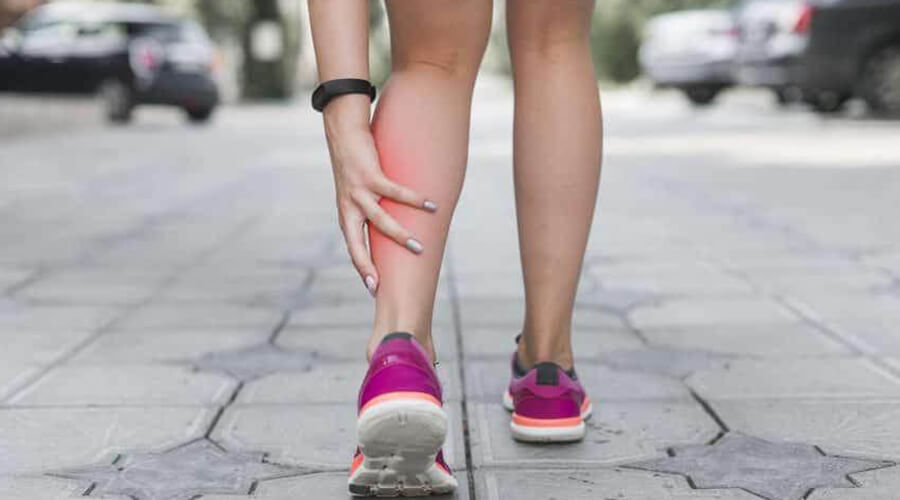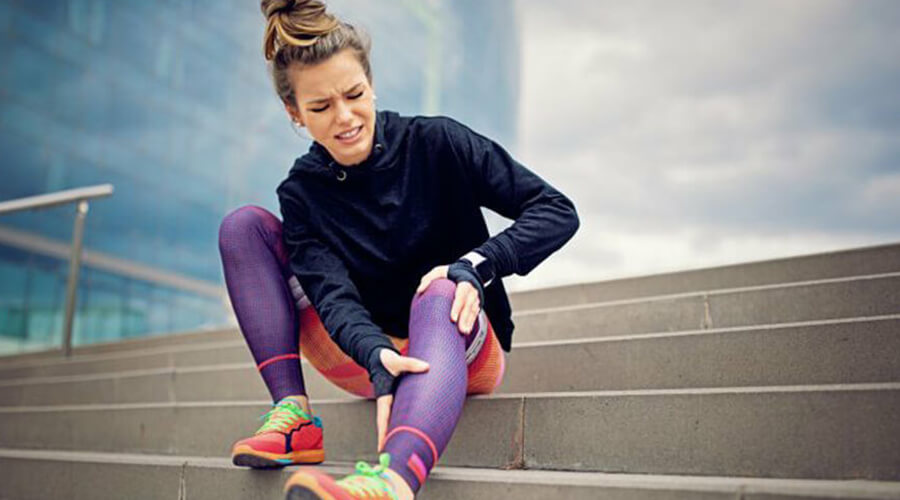



Causes, types and treatment of shin pain. It’s worth knowing first what the symptoms of shin pain are, and we’ll list them for you in brief:
– swelling
– bruising
– stiffness
– warmth
– redness
– itching
– chill
– weakness
There are different types of tibial pain, depending on the exact type of pain that is being experienced in the tibia. And at some level, it is possible to deduce what kind of disease may be causing it.
Let’s look at the most common types of shin pain:
Spasmodic shin pain:
This is most commonly associated with a muscle ache, i.e. muscle pulling, muscle tearing and muscle spasm. It can also occur in vascular disease. It is not as specific as muscle spasm.
The pain in the shin:
This pain comes on in a flash and is high in intensity. It can often be muscle pain.
Shin bone bruise:
Shin splints are extremely common among athletes and children. The most common cause is external impact to the shin area, minor accidents. There is no need to worry if the injury is minor, as the bruise can heal within days. Healing can be facilitated by topical creams. This can be done, for example, by using a black needle balm. For larger injuries, if the pain is extreme or does not heal or heals very slowly, it is worth seeking medical advice.
A point tendon pain:
This is when the pain is at a specific point and is very severe. It is similar to a fracture pain, but it always goes away with rest.
The pain in and around the tibia can be caused by bones, muscles, ligaments, blood vessels, nerves, and so it is important to know what the causes are and what they may indicate.
Self-diagnosis at home is not recommended, this article will help you to determine the severity.
Let’s also look at the possible causes of shin pain:
Muscle strain is one of the most common causes of leg pain. It usually occurs when a muscle is suddenly overstretched. A very strong pull can even lead to a muscle tear. This is very painful and can be slow to treat. It also makes everyday life very difficult. In most cases, a muscle strain is caused by a sudden injury, such as a blow or a fall. Overuse of a muscle can also cause muscle strain. This overuse can also be caused by increased physical activity, but it can also be caused by moving with poor technique.
Tibial anterior syndrome may also be involved. This condition is a little more complex as it involves inflammation of the muscles and ligaments around the tibia.
It is most often caused by sports activities. It is common in runners and in sports that involve a lot of jumping.
Symptoms are much more severe in people who have flat feet or bunions. To avoid this, it is very important to wear the right sports shoes and to see a physiotherapist.
Tendonitis is also a motion injury that is mostly caused by repetitive motion. Tendonitis is most commonly caused by overuse, but can also be caused by injury or sudden exertion. Tiny tears in the tendon sheath can become inflamed or even swollen and can make the limb very sensitive. The chances of developing it are increased by flat feet and wearing inappropriate shoes.
Muscle spasms are involuntary muscle contractions that can cause pain. Muscle spasms can also occur around the shinbone. Muscle spasms are probably caused by tired and stiff muscles that cannot control contractions. If muscle spasms occur very often, it is always worth consulting a specialist.
Shin pain can also be caused by sciatica. Sciatica is usually caused by a pinching of a nerve in the lumbar spine. It causes numbness and severe pain in the waist, buttocks and legs.
It can also be caused by a herniated disc or spinal stenosis. But it can also develop if the muscle balance of the lumbar spine is upset.
And now we come to the last point, the treatment.
In many cases, pain relief with medication is recommended, but you should also try natural balms first. We can recommend Maximum Balm, which has the power of 19 herbs.
Physical exercise can also help. This is usually recommended to achieve permanent pain relief.
Physiotherapy is also a very effective method for shin pain. The effect is usually very quick, which is why it is so popular.
Taking quality supplements is also recommended. Vitamin D and calcium are necessary, as well as magnesium for muscle cramps.
In the worst case, if the pain in the shin is caused by a nerve problem, steroid injections are used.
There are also methods that can be done at home that can help, these are also presented in short points:
– icing
– resting
– using a balm
– using cold compresses
We hope we have been able to help you a lot on this topic. If you choose home treatment and the pain does not go away after a few days, it is highly recommended that you see a specialist.


HillVital balms are your reliable support for an active life, crafted from natural ingredients!